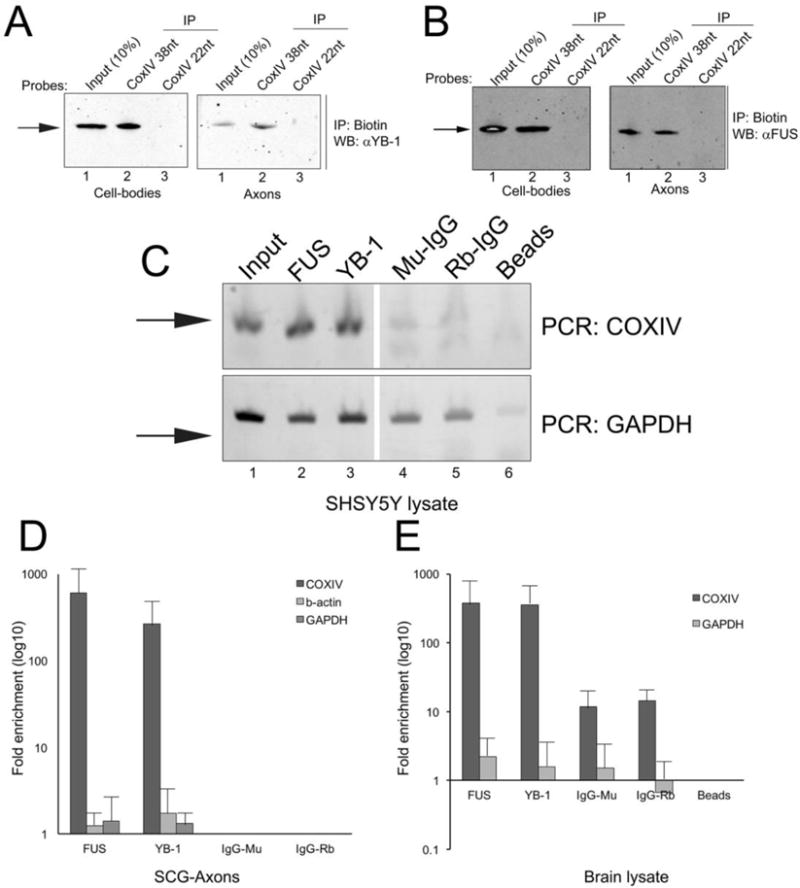Figure 5. Interaction of COXIV 38nt zipcode and endogenous COXIV mRNA with candidate zipcode binding proteins in SCG lysates.

RNA oligomer affinity purifications were performed on cell-body and axonal lysates (A and B) with COXIV 38nt probe and the presence of specific proteins YB-1(A) and FUS(B) was detected using western blot analyses. The truncated COXIV 22nt probe was used as a negative control. Each experiment was repeated three times with similar results. RNA immunoprecipitation assay was performed on SHSY5Y cytosolic fractions (C) axonal lysates (D) or rat brain lysates (E) with FUS-, and YB-1- specific antibodies. Antibodies to the candidate binding proteins were employed to immunopurify RNP complexes and the presence of COXIV mRNA in the RNPs was detected by qRT-PCR. GAPDH mRNA and mouse and rabbit IgG (C–E) as well as β-actin mRNA (E) were used as negative controls. The data are plotted as fold-enrichment relative to mouse or rabbit IgG pulldown for each mRNA (D) or fold-enrichment over protein A beads (E). Values represent mean ± SEM from three independent experiments. Each experiment consisted three independent lysate preparations.
